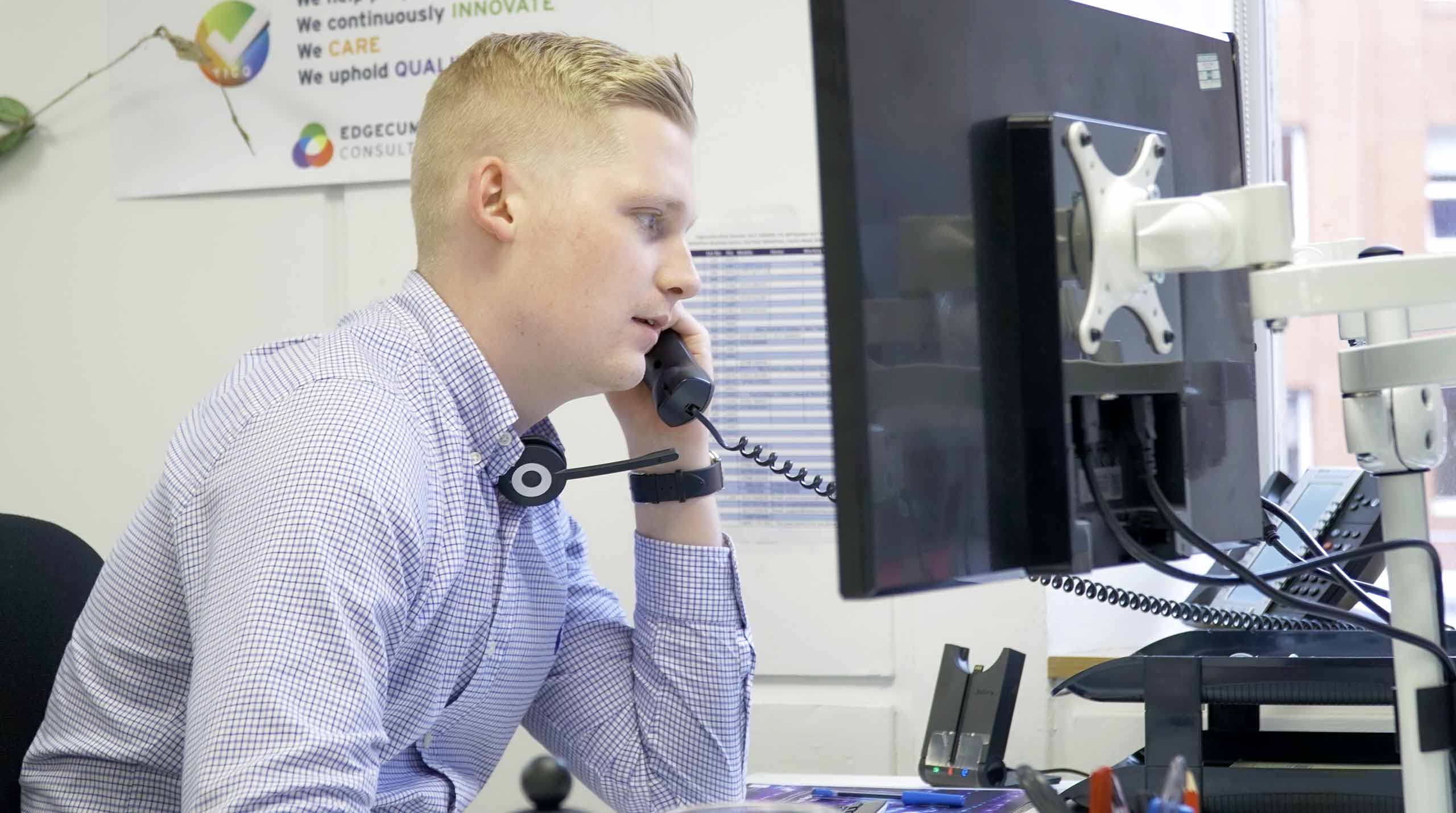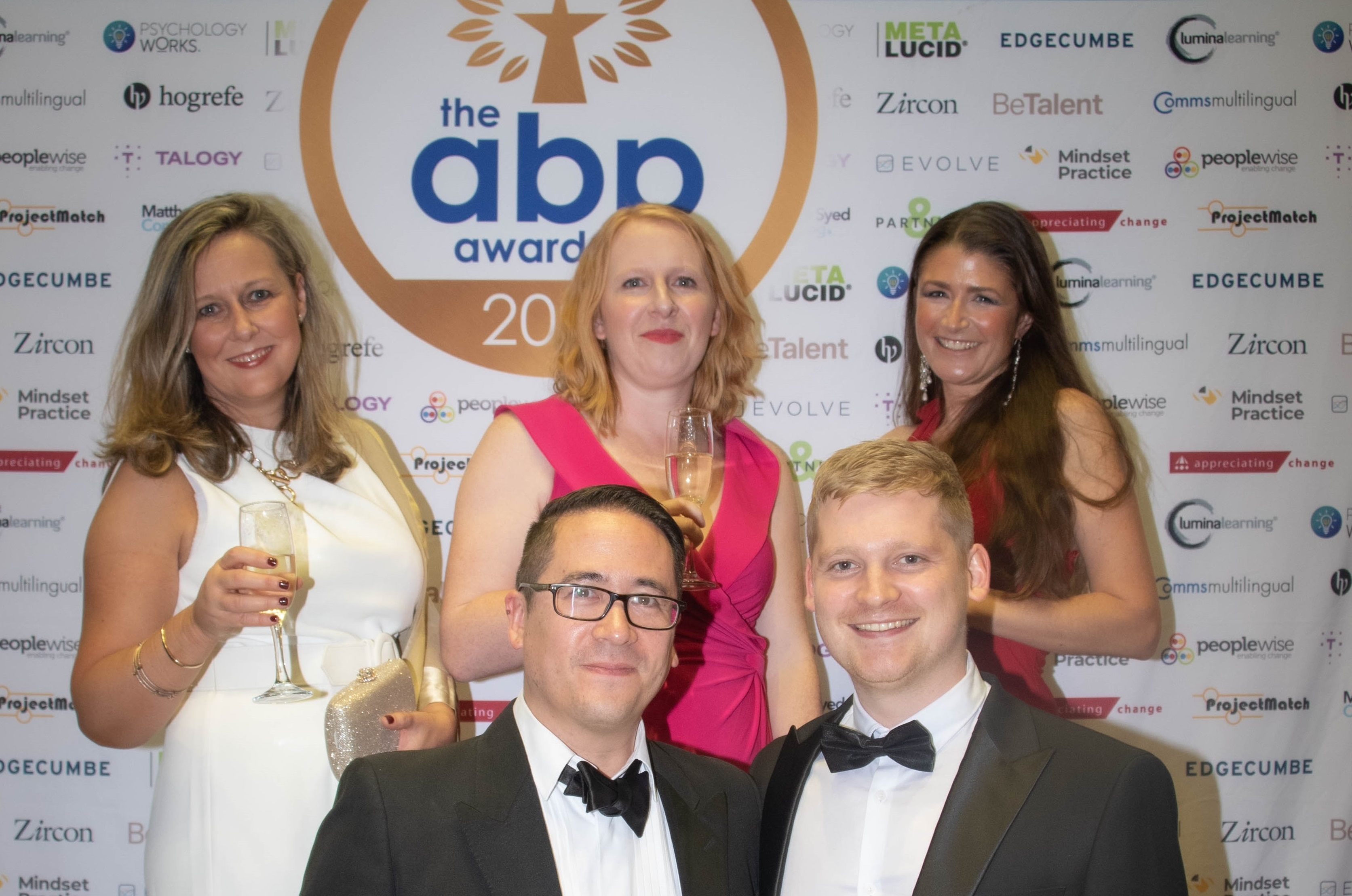I have recently been reading a book by the wonderful Brene Brown, entitled ‘Daring Greatly’. Daring greatly is an interesting concept and I’m sure one that many people strive for. But what does it actually mean? And how do we go about achieving it?
For me, daring greatly is about taking risks, having courage, standing up and putting yourself ‘out there’. These are all things we may aspire to do, but also things that may evoke a great sense of fear! Brene invites us to think about ‘vulnerability’, a word not normally associated with positive attributes. A definition of ‘vulnerable’ from the Oxford English Dictionary is ‘open to attack or injury of a non-physical nature’. Not something that sounds very pleasant! However when thinking about this in more detail, surely we need to make ourselves vulnerable in order to take risks and see what we are capable of.
Let’s take a minute to think about what stops us from being vulnerable. Brene talks a lot about shame, and how shame has unfortunately become a part of our culture. We are constantly told we are not ‘good enough’, or ‘smart enough’ or ‘pretty enough’. It’s no surprise that we are afraid to put ourselves out there, if we risk being ridiculed every time we do. As leaders, we must ensure that we do not allow a ‘shame culture’ to creep into our teams. We must create a space where individuals feel safe to be vulnerable. To feel that they can put forward their ideas without risk of feeling stupid or embarrassed and that their opinions are heard and valued. They must know that their worth is not placed on whether their ideas are accepted or not.
Creativity and innovation are skills that employers are crying out for. How can a company progress and keep up with the modern world without creativity and innovation? And they are also two skills that can be enhanced by being vulnerable. Creativity involves putting your ideas forward even with the chance that they may not be accepted, having the courage to speak up in front of your colleagues and say – ‘I have an idea…’.
We can achieve this by building relationships with our whole team to ensure that we are creating a space where people feel able to speak their mind. This is how creativity and innovation are enhanced; when team members can be vulnerable with each other. Leaders don’t have all the answers, and they need a team around them who are willing to dare greatly. This must start with the leaders themselves. They must allow themselves to be vulnerable, to show their team it is safe to do so, which in turn will build trust and connection.
I will leave you with a quote from Peter Sheahan (quoted in ‘Daring Greatly’) who sums it up pretty well.
‘If you want a culture of creativity and innovation, where sensible risks are embraced on both market and individual level, start by developing the ability of managers to cultivate openness to vulnerability in their teams. And this, paradoxically perhaps, requires first that they are vulnerable themselves’.




















